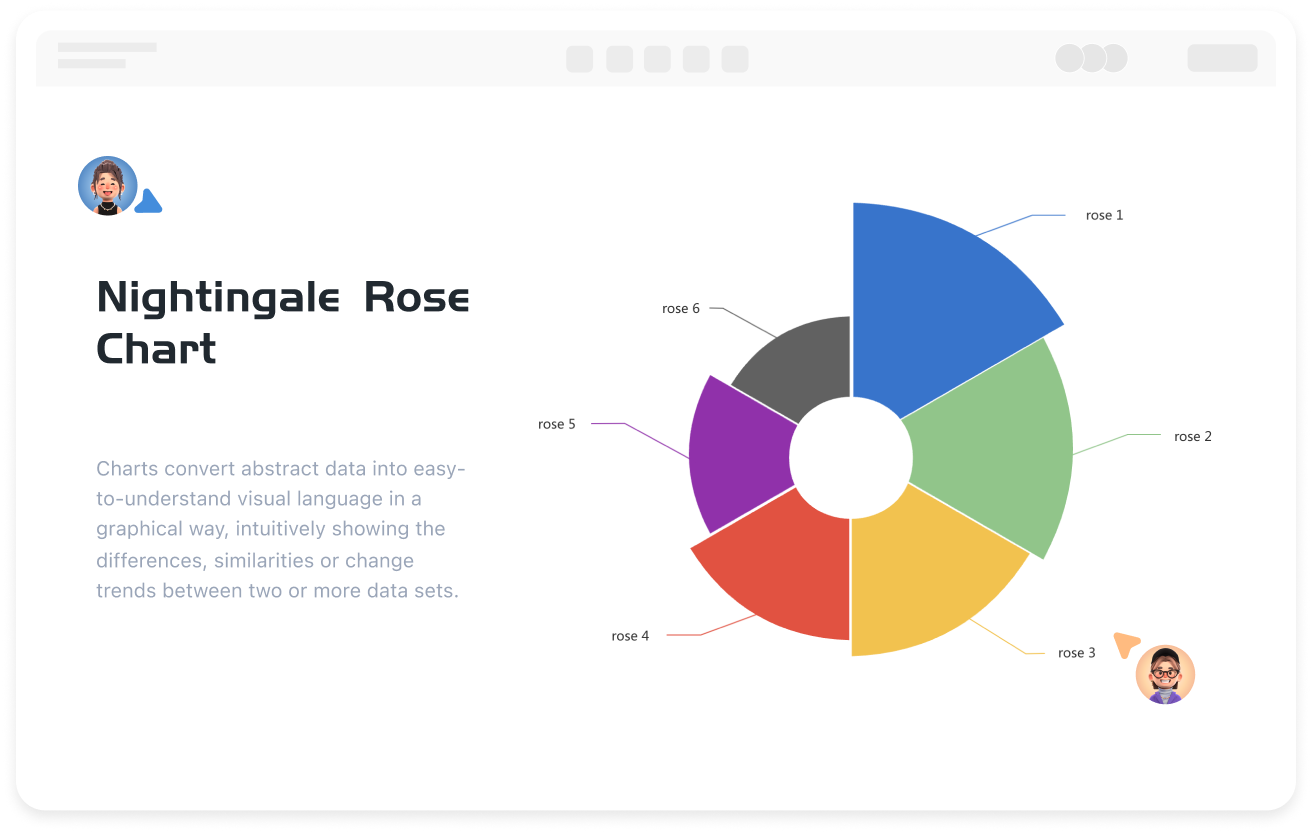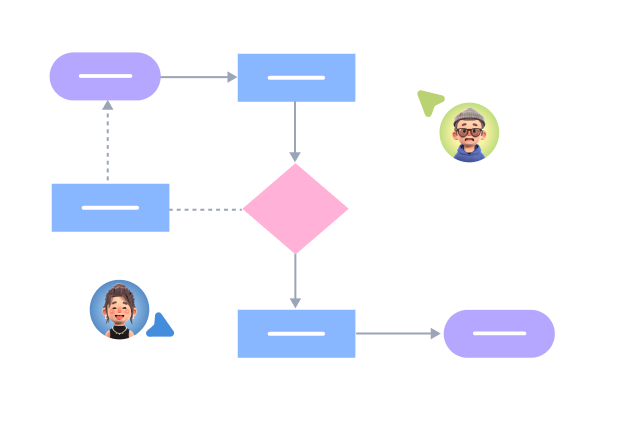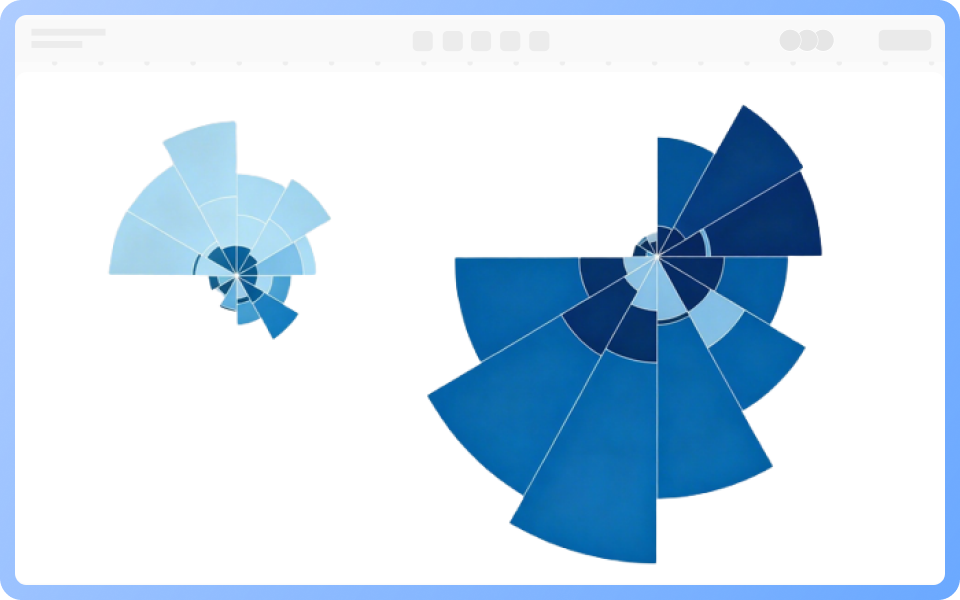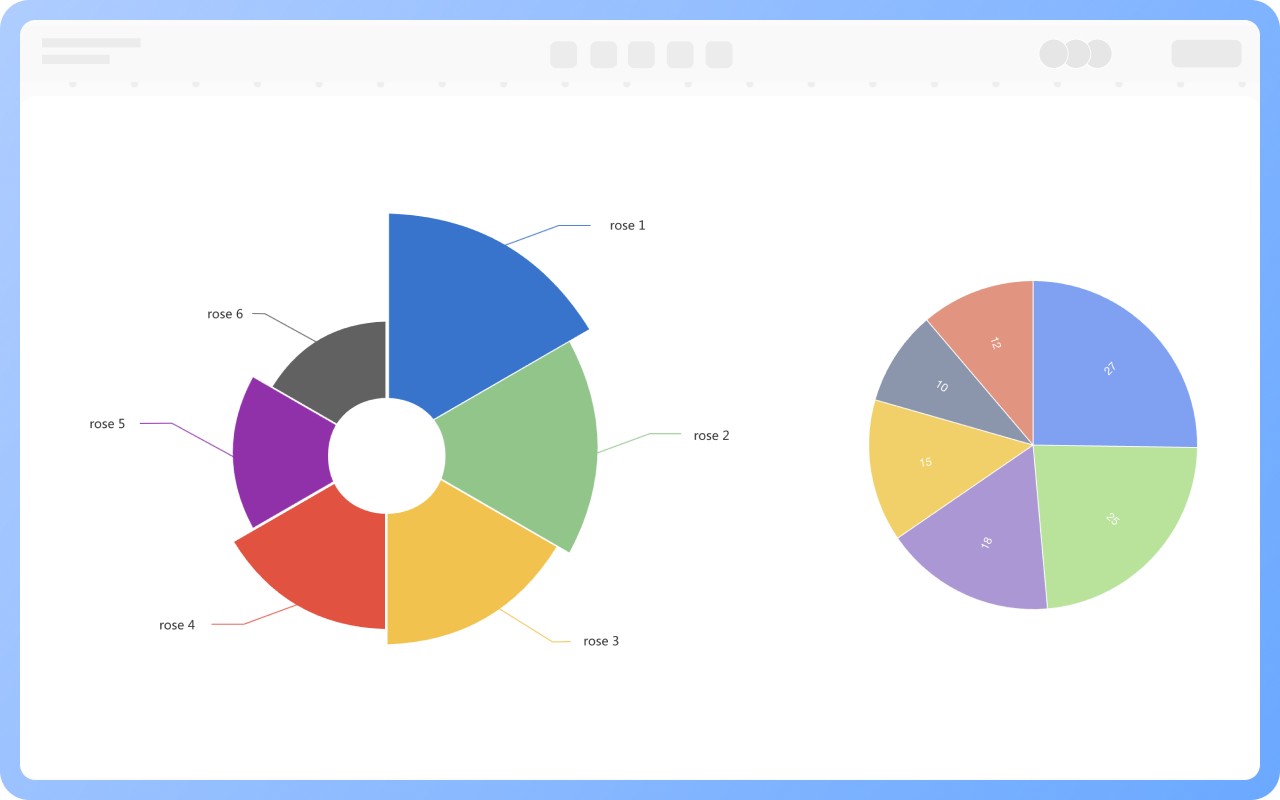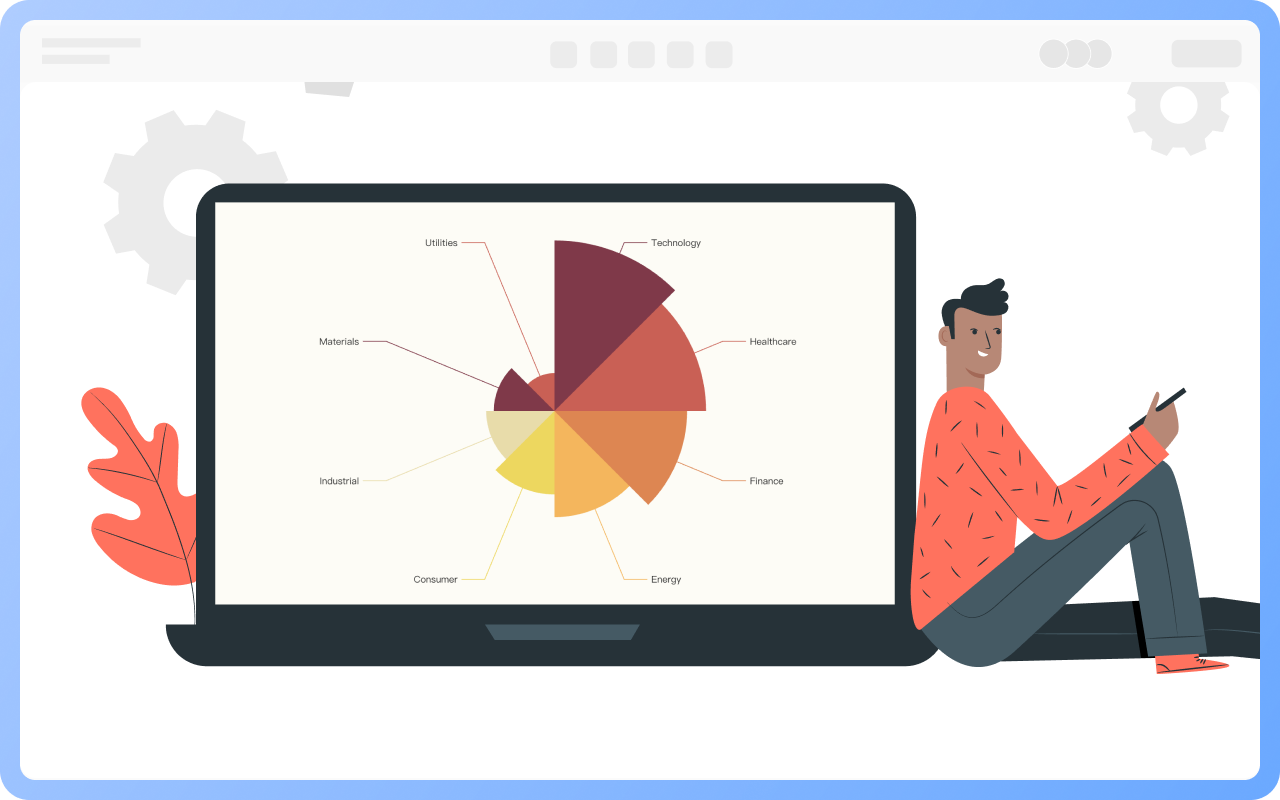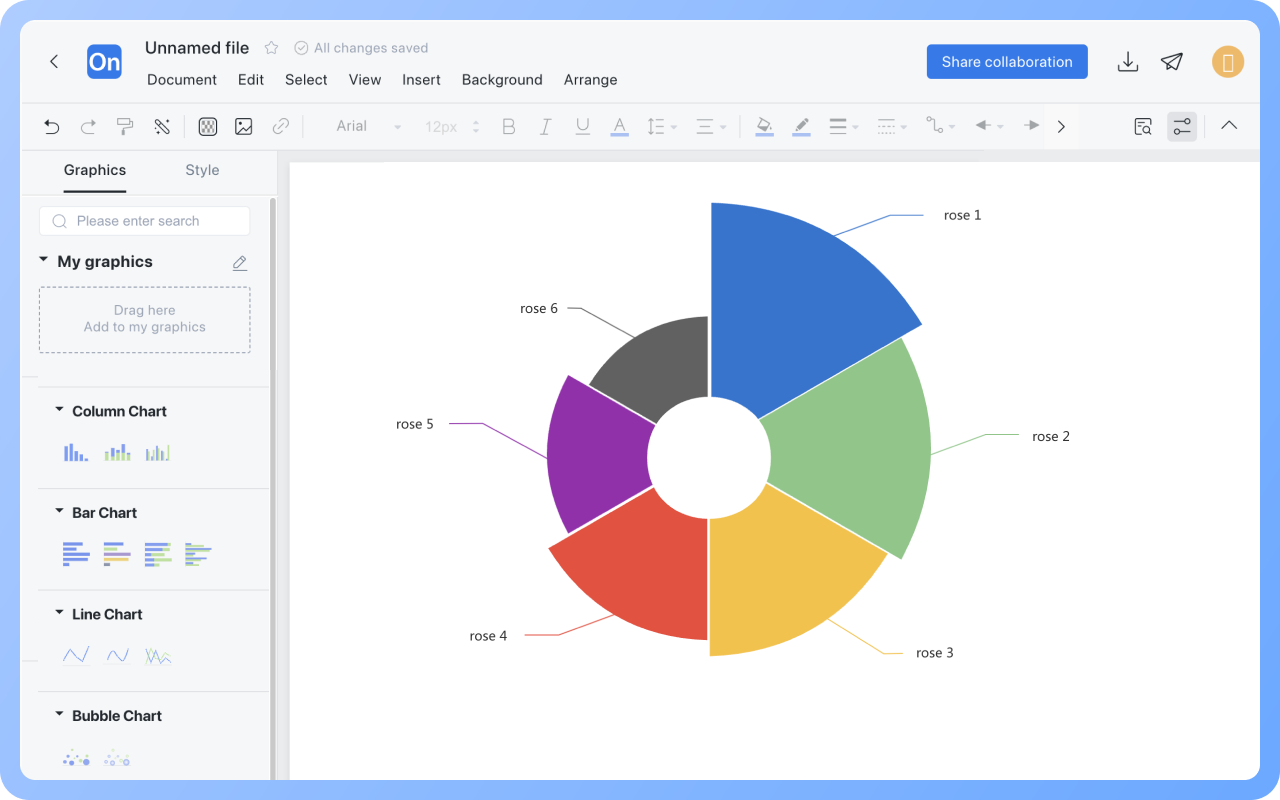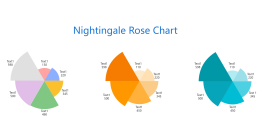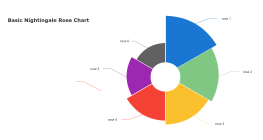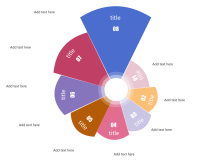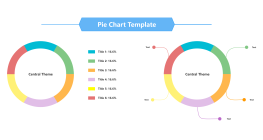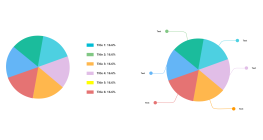The Nightingale Rose Chart was first created by British nurse and statistician Florence Nightingale during the Crimean War of 1854-1856. At the time, field hospitals suffered from poor sanitary conditions, resulting in a soldier mortality rate as high as 42%, with most deaths attributed to infectious diseases rather than combat injuries. To visually demonstrate seasonal causes of mortality and persuade the government to improve medical care, Nightingale transformed the traditional histogram into a circular chart with a polar coordinate layout. Twelve sectors represented the months, with the length of the sector radius mapping the number of deaths, amplifying differences by the square of the area and radius. Blue, red, and black were used to distinguish between illness, combat injuries, and other causes of death.

